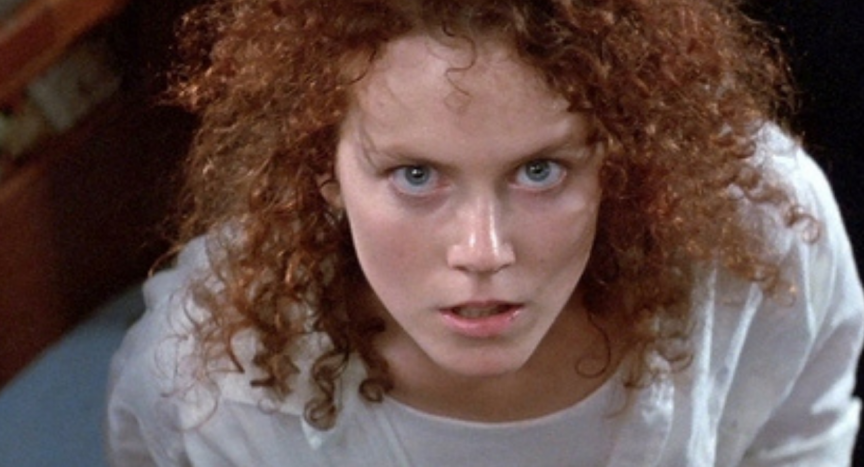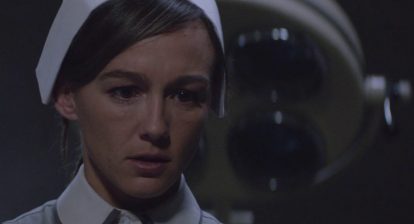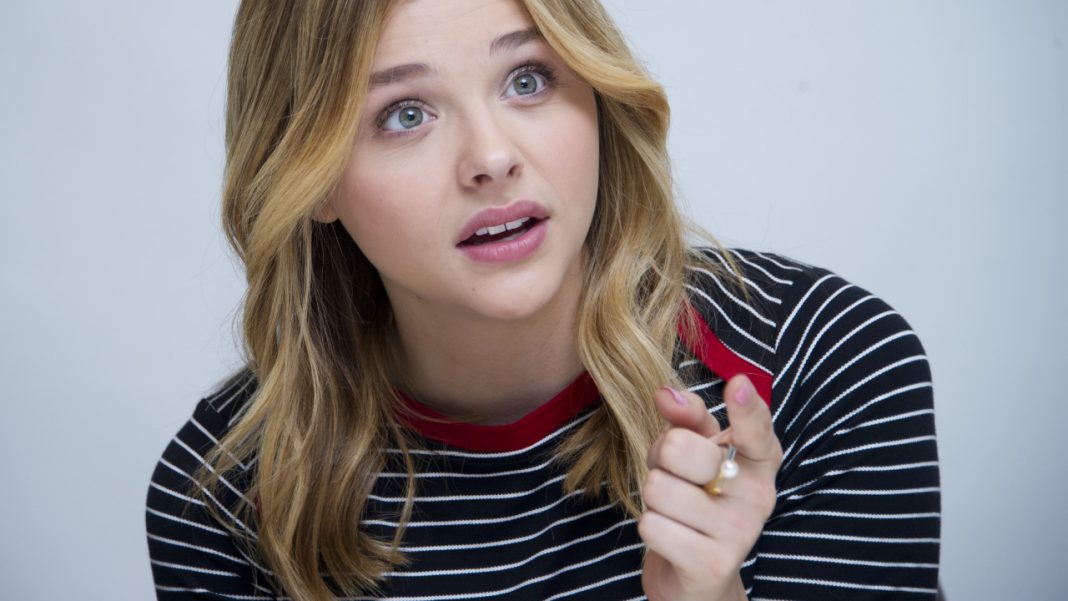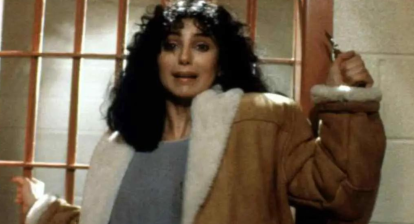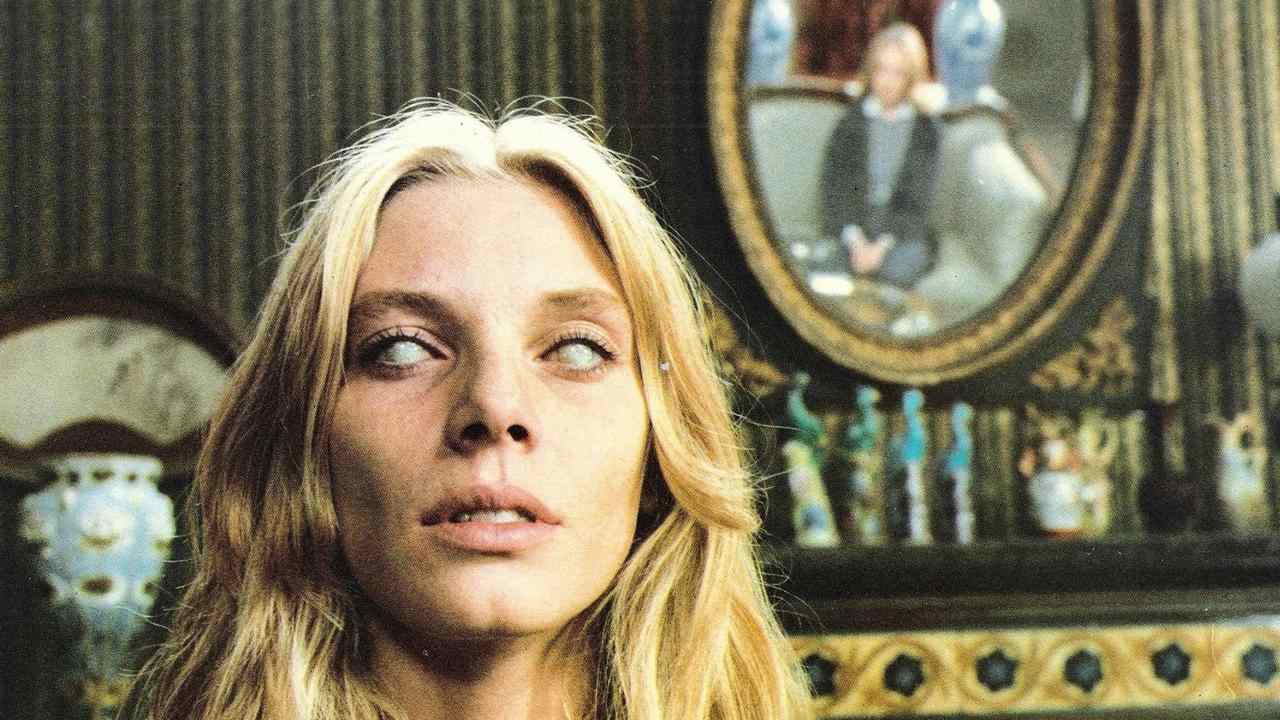Welcome to Back to the ’80s. This recurring feature aims to take a look at the good, the bad, and the ugly from horror’s most beloved decade. Regardless of which category a particular film falls under, this segment will spotlight films that horror fans can appreciate for one reason or another. We will look at how some of these flicks have stood the test of time and others have not aged quite so well. Regardless of what they look like today, these efforts from the 1980s laid the groundwork for the horror genre as we know it today. In this installment, we will be taking a look at 1989’s Dead Calm.
Rae (Nicole Kidman) and John (Sam Neill) are a married Australian couple escaping to the serene and peaceful calm of the seas after the tragic death of their son. As the couple finally ease into a sense of comfort with each other and the ocean, they come upon another boat in distress. While trying to gauge the situation, they notice a young man, Hughie (Billy Zane), rowing desperately to the couple’s yacht. As a captain in the Royal Australian Navy, John finds Hughie’s explanation of what happened aboard his vessel unlikely and, after Hughie falls asleep, John decides to row over to the other boat to see for himself what happened. Only too late does John discover the grisly truth before realizing he may have left Rae alone with a mad man drifting at sea.
Directed by Phillip Noyce, 1989’s Dead Calm is a successful trip into psychological terror. Adapted from the novel of the same name by Charles Williams, and attempted previously by Orson Welles to be brought to the big screen, from the moment the film begins, Noyce’s vision guides the audience immediately into this dark story that uncovers the lengths people will go to in order to survive. The film opens with an unflinching look at parental loss and then refuses to let go of the viewer. Like waves in the ocean, the film has ebbs and flows of calm and crazy; however, the intensity generated by Noyce’s direction and the chemistry of the three leads never wavers.
Also See: Back to the ’80s: Dario Argento’s Inferno
The audience begins their journey with Rae and John at the lowest point in their relationship and we know very little of their previous dynamic before the loss of their son. Still, together or separated, one can understand the attraction these two have to each other. The couple consistently finds ways to support each other for better or for worse. The two leads were on the brink of international stardom with Days of Thunder (1990) for Kidman and Jurassic Park (1993) for Neill, and their performances in Dead Calm are a pleasure to see as a demonstration of all that soon-to-be-realized potential.

In particular, Kidman as Rae delivers a tour-de-force performance from a content mother to devastated wife to conniving woman ready to do whatever it takes to survive her ordeal. While Kidman and Neill successfully create a believable bond, her work with co-star Billy Zane generates a troubling sexual chemistry that switches between maternal and pure hatred. Zane, too, would soon find work to showcase his talent on Twin Peaks (1990), as well as on film in The Phantom (1996) and Titanic (1997). The growing battle between Rae and Hughie is a power struggle that propels the film from one shocking sequence to the next. The film is not always overt in its action; however, the underlying tension between Rae and Hughie is always fraught with suspense until finally culminating in a deadly showdown.
Meanwhile, Neill’s John is given a more introspective experience as he struggles to survive aboard a sinking ship. The film balances between John’s terrifying isolation, and the deadly dance of Rae and Hughie. Each scenario is just as intriguing, and, where Kidman and Zane are able to play off each other, Neill is relegated to a silent struggle as he uncovers the horror that happened off screen before Hughie’s arrival and to find a way to keep his cool in a helpless situation where death is slowly flowing in. Neill’s side of the feature is reliant upon the actor’s ability to adequately convey his reluctant terror. Rising to the occasion, the actor’s expressive eyes and movements indicate his growing desperation.
Check Out: Why Oceanic Horror is a Sub-Genre Worth Diving Into
Rae and John are the regular people of whom bad things can happen, and Hughie represents a different kind of 1980’s villain. He is not a silent masked killer or vampire or demonic force. Perhaps resonating even more deeply with modern audiences, Hughie is a man that slowly lost his mind over time and drifted into a paranoid existence. He desperately wants acceptance and is willing to overlook the rational in order to find a sense of inner peace. Unfortunately, at the first sign of betrayal to his clouded perception of reality, Hughie acts out with untethered violence to anyone within striking distance. The film’s scariest moments are when his disarming charm dissolves into unprovoked rage.
Dead Calm demonstrates what can be achieved with very little. Ninety percent of the movie follows three people in a limited space. Genre fans know a simple tale can be more terrifying than a large cast bombarded with CGI jump scares. Dead Calm separates itself from the slashers of the 1980’s by leaning on the appeal of psychological thrillers. Unlike teens camping in the woods or the loneliness of babysitting, this feature showcases adult fears and how external events can bring horror into our lives. External events that happen by letting in a stranger or facing something beyond our control. Still, when push comes to shove, Rae and John illustrate the power one finds within when fighting overwhelming odds. Dead Calm utilizes a simple premise to tell a tale of terror and suspense while navigating the unpredictable nature of the high seas. And, what a person will do to survive.

